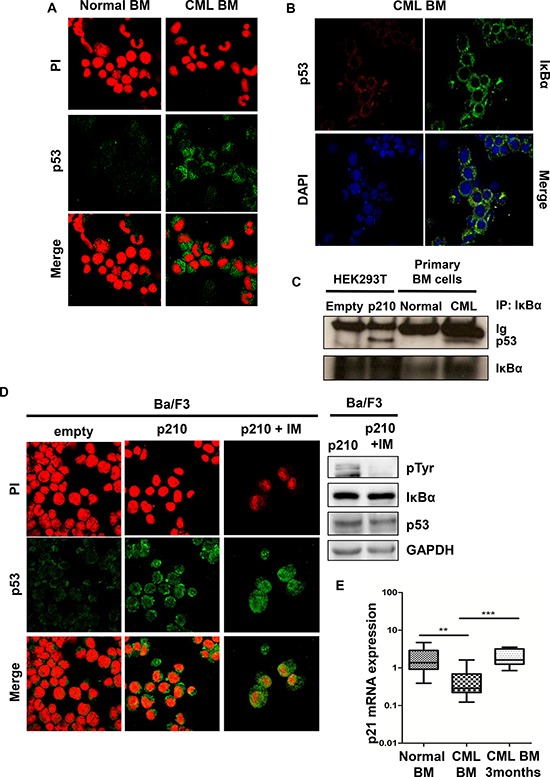Figure 3. p53 in BCR-ABL positive cells.

A. Representative immunofluorescence on normal and CML primary bone marrow cells were performed to detect endogenous p53 (green signal). Nuclei were stained with propidium iodide (red). Immunofluorescence was performed on 20 chronic phase CML samples and 3 normal bone marrow samples with comparable results. B. Primary CML samples were stained with anti-IκBα (green) and anti-p53 (red) antibodies to assess co-localization of p53 with IkBα. C. Immunoprecipitations with IκBα antibody were performed on HEK293T transfected cells and on primary BM cells. D. Immunofluorescence on Ba/F3 parental and Ba/F3 p210 BCR-ABL cell line was performed to detect p53 (green signal). Nuclei were stained with propidium iodide (red). Right panel: Western blot on Ba/F3 p210 BCR-ABL imatinib-treated cells. When indicated, cells were treated with imatinib for 6 hours at a concentration of 10 μM. E. qRT-PCR analysis of p21 performed on normal and CML bone marrow at the diagnosis (**p < 0.05) and after 3-months of imatinib treatment (***p < 0.005).
